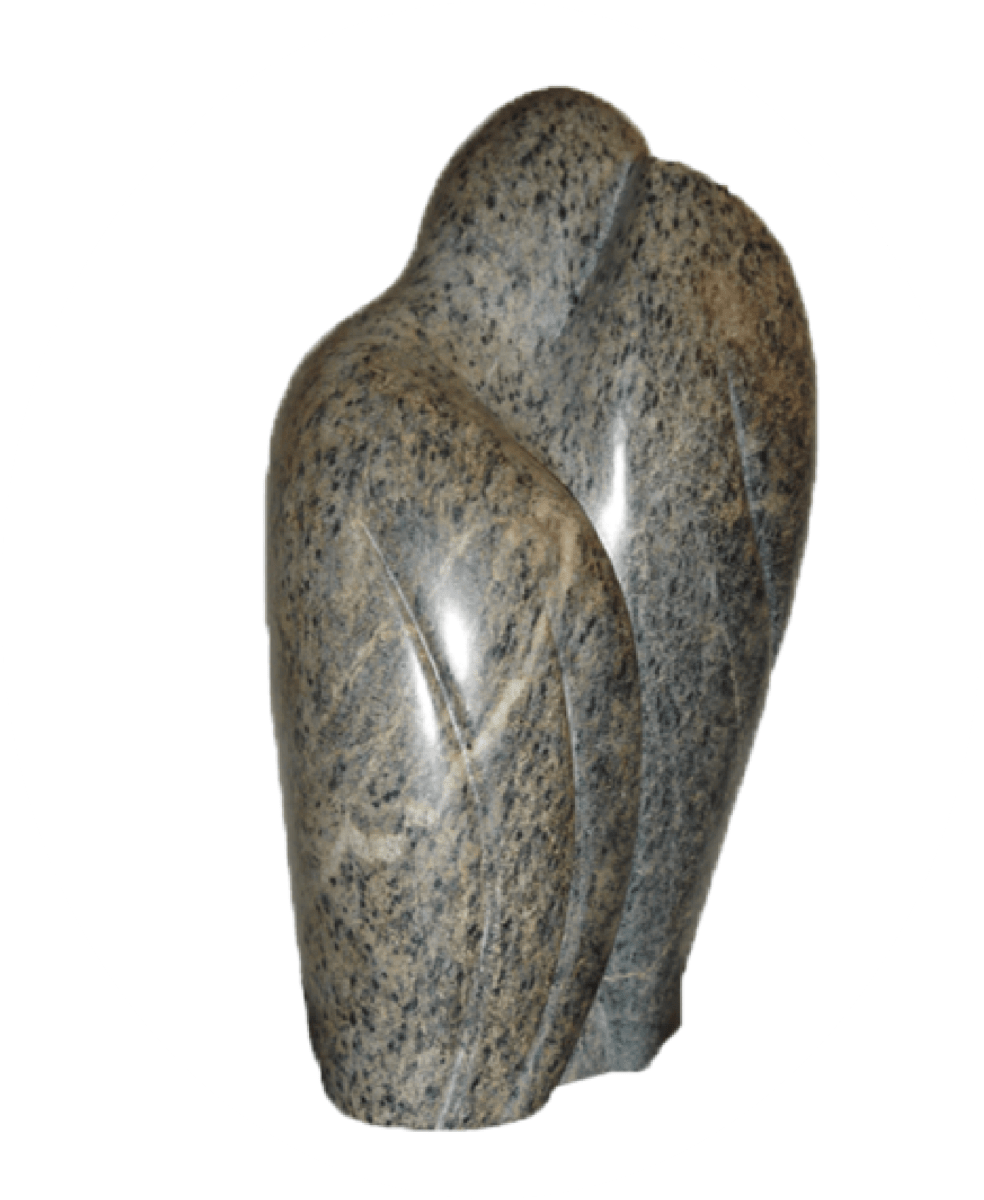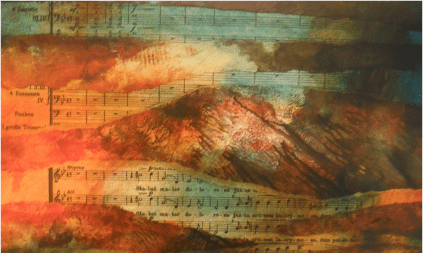Pedro Rabassa
About the composer
Pedro Rabassa was born in Barcelona, Spain, in 1683 where he was a choirboy in the cathedral. He became a singer and a harp player and went to Valencia in 1714. There he became master of the chapel in the cathedral. In 1724 he went to Sevilla, where he stayed until his death in 1767. Rabassa composed more than 400 works. Though his work is largely unknown nowadays, he is regarded as an innovative composer, incorporating influences of Italian music into the tradition of Spanish polyphony.
About the Stabat Mater
| Date: | About 1750 |
| Performers: | Soprano, Mezzo-soprano, Alto, Tenor, Bass and mixed choir |
| Length: | 6.31 minutes |
| Particulars: | The score used is not an original, so originally the work may have been longer. Nevertheless, it is beautiful music, using a variety of voices in its seven short parts. |
| Textual variations: | The "Analecta"- version of the text is used, but only 9 stanzas.The last stanza includes the final "Amen" |
| Colour bar: |
|
Information about the recording
| CD: | Almaviva DS-0135: Pedro Rabassa – Miserere |
| More info: | This CD is possibly one of a series that are dedicated to the music of the region of Andalucia in Spain. Recorded at the Iglesia del Hospital de Santiago Úbeda, December 2001 |
| Orchestra: | Capilla Instrumental "Juan Navarro Hispalensis" |
| Choir: | Coro "Juan Navarro Hispalensis" |
| Conductor: | Josep Cabré |
| Soloists: | Isabel Alvarez, soprano |
| Other works: | Miserere |
| Code: | RAB-01 |





